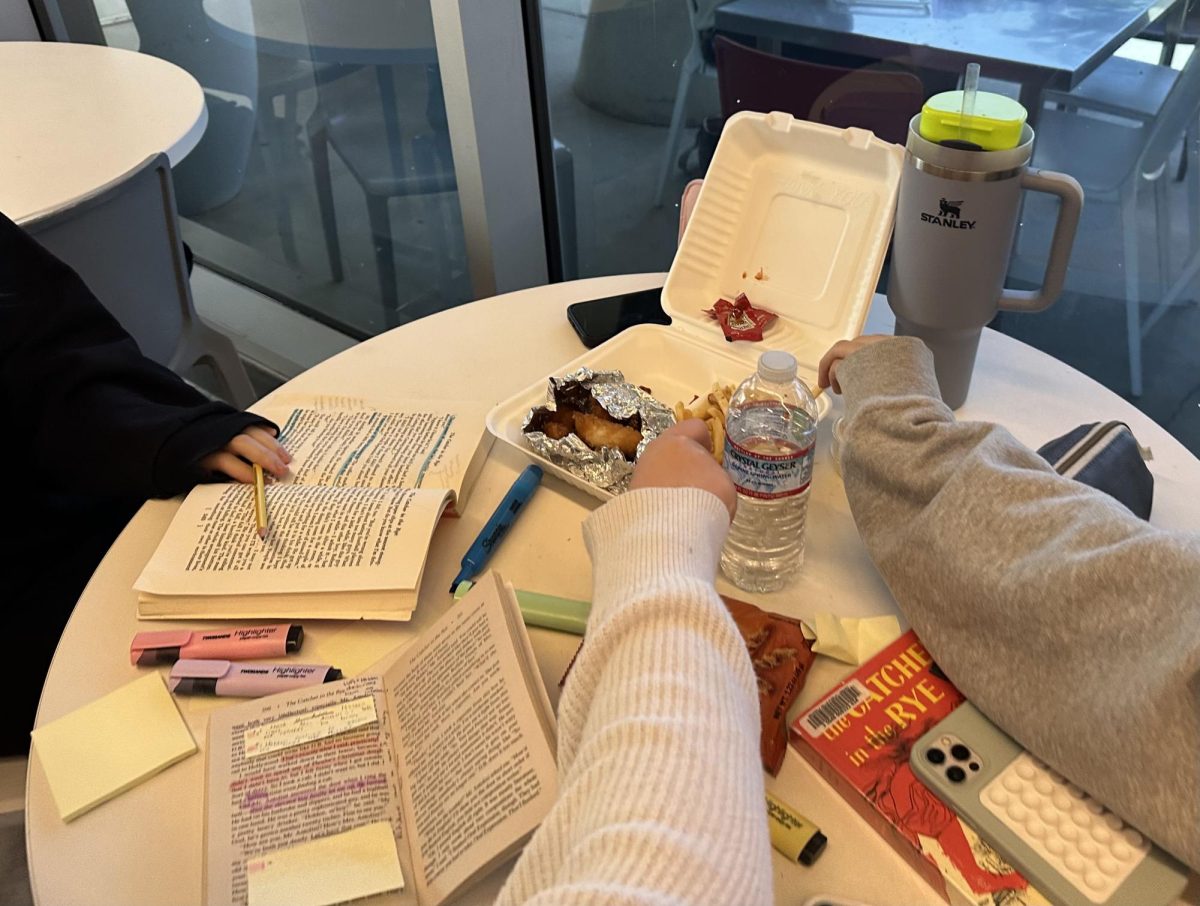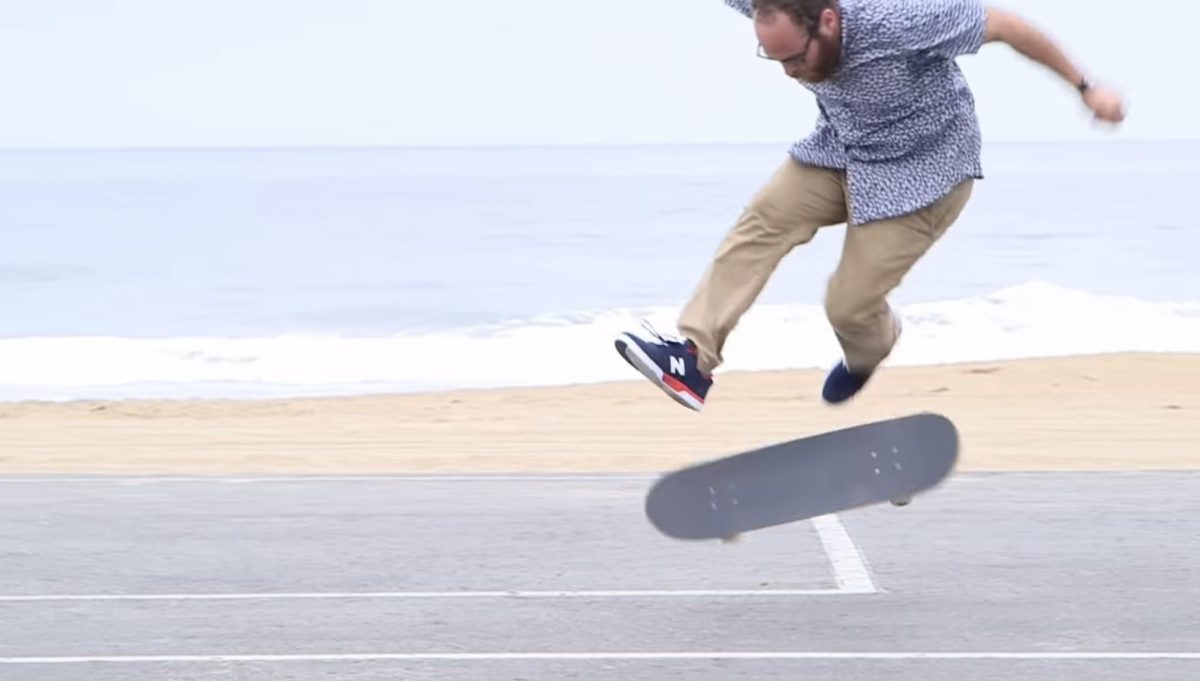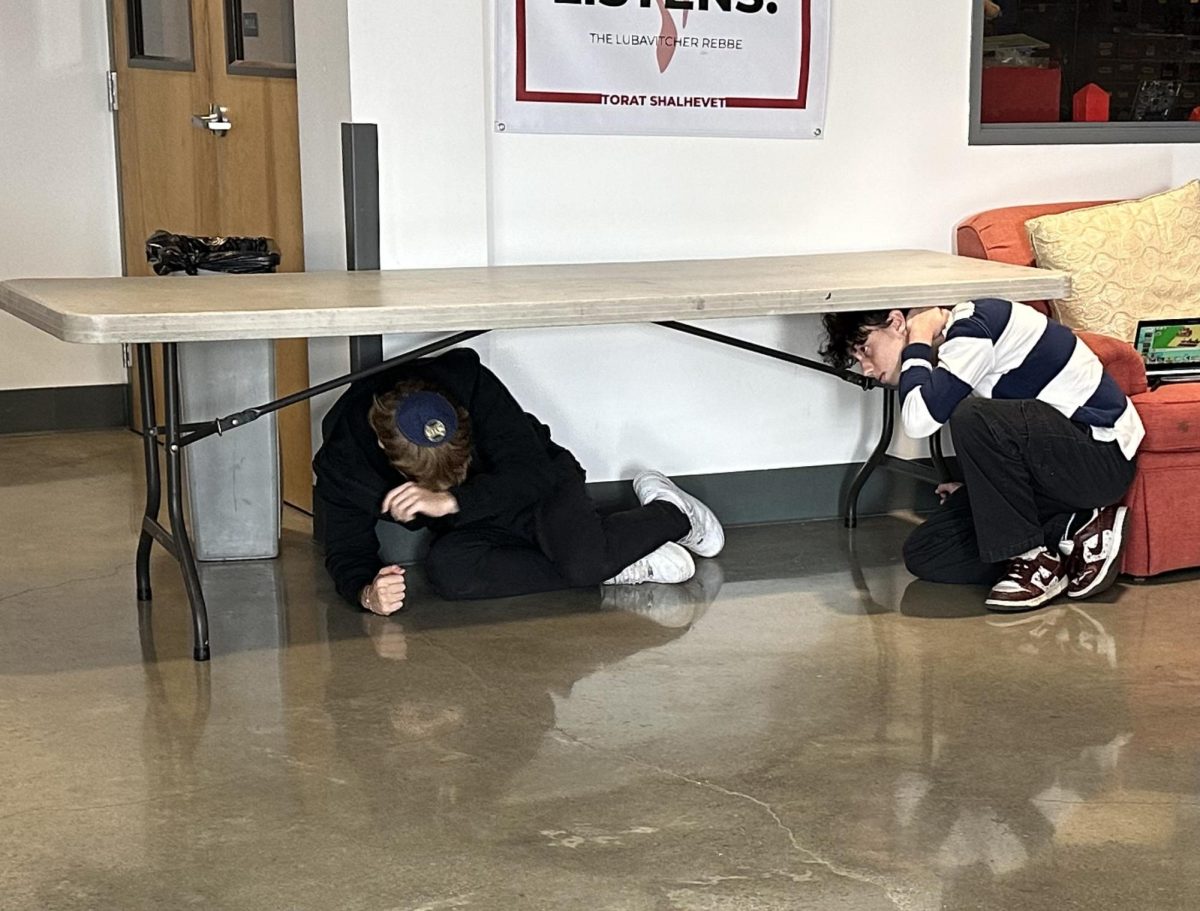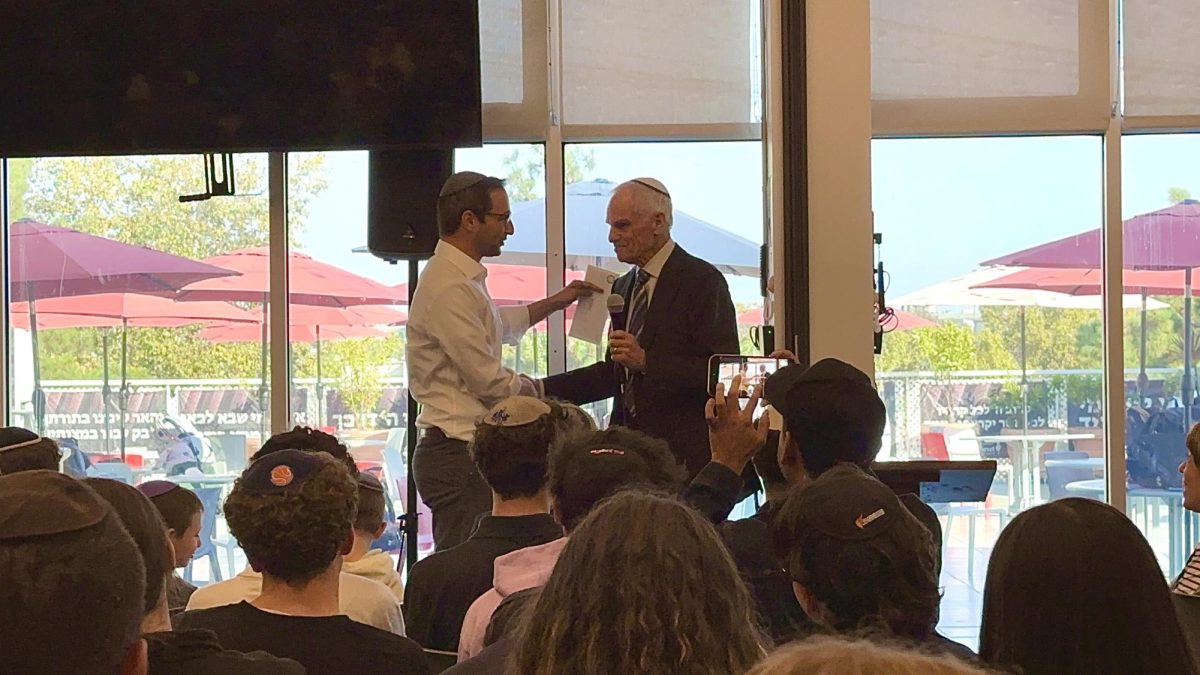Unless you’re living under a rock, you’ve seen Silly Bandz and “I love Boobies” bracelets adorning the wrists of tons of people. They’re the latest fad, and it looks like they’re here to stay for a while.
Silly Bandz are thin silicone wristbands sold in themed packs. When taken off, the bands assume different shapes — everything from Western-themed designs like cowboy boots and lassos to fantasy shapes like mermaids and unicorns.
It’s hard to say exactly what Silly Bandz have that makes them so popular. Perhaps it is that they are inexpensive and easy to find, or maybe it’s that you can collect them and trade with your friends.
Or maybe it’s their chameleon-like qualities. When the bracelets are on your wrists, they look like squiggly rubber bands. When taken off, they form a shape.
“I think they’re cute, and they take the most random things, like a giraffe, and they’ll make it into a silly band,” said freshman Natalie Dahan, who owns over 200. “They’re really awesome.”
The first Silly Bandz were sold online in November of 2008. The inventor of Silly Bandz, Robert Croak, conceived of the idea when he saw shaped rubber bands at a trade show in China, according to Newsweek magazine (http://www.tinyurl.com/BPSillybandz2). He thought they had potential, so he modified the idea and produced the new products, calling them Silly Bandz. Little did he know how popular they would become.
In some places, kids’ obsession with Silly Bandz has even become a distraction during class, and they have been banned in some schools across the country. According to an article from Inklings News at Staples High School in Westport, CT, students in area elementary schools were not focusing on their schoolwork and would even cry if they made a trade they were unsatisfied with. (http://wwwtinyurl.com/BPsillybandz3).
“We have directed our students to leave their silly bands at home,” said Principal Rex Jones of Westport’s Long Lots School.
Now there is even a Jewish version called “Biblical Bandz.” Like Silly Bandz, they come in an array of colors and shapes, all relating to Judaism. There are Torah-shaped bands, bands in the shapes of Hebrew letters and special Jewish holiday-themed packs. You can find them for sale at www.biblicalbandz.com.
Another trend you’ve seen, especially within the halls of Shalhevet, is “I love boobies” bracelets. These bracelets are made of silicone rubber and are just as prevalent as Silly Bandz. Proceeds from their sales go to the non-profit Keep-A-Breast Foundation. They are part of a campaign designed to make younger people comfortable talking about breast cancer.
“I ordered them for myself because I though they were cool, and I saw that they were kind of cheap,” said sophomore Eitan Rothman, who has been selling “I love boobies” bracelets to Shalhevet students. “I thought I could make money off of it, so I started selling them.”
Like Silly Bandz, these too have been banned in some high schools. Elsewhere, students have been told to wear their bracelets inside out, so the message is not visible.
According to Judaic Studies Principal Rabbi Ari Leubitz, Shalhevet does not have a specific policy banning Silly Bandz or “boobies” bracelets, but he does think they are inappropriate for school. History teacher Dr. Jill Beerman agrees.
“I totally support the cause, but I find the term offensive,” said Dr. Beerman, who asks students to turn them inside out. “It’s demeaning. I understand the intent is to catch attention, but I also that I feel it is inappropriate language for a Jewish school.”
Supporters say the controversy helps their cause.
“Though the bracelets are controversial, they attract awareness for breast cancer, which is what they should be doing,” said freshman Yael Gichtin.
These bracelet trends were probably inspired by something similar: Livestrong wristbands. Livestrong wristbands were introduced in 2004 by Nike to benefit the Lance Armstrong Foundation, created by cyclist and testicular cancer survivor Lance Armstrong to support people affected by cancer.
By the end of summer 2004, those wristbands had become all the rage. They adorned the wrists of many people, including celebrities.
Eventually the style of Livestrong bracelets was replicated for other bracelets supporting other causes and brands, such as Jewish World Watch, which sells green silicone bracelets supporting their cause, and Save Darfur, whose bracelets were purple and worn by many at Shalhevet in past years. For a while, some people would pile their silicone bracelets on their forearms up to their elbows. That fad faded by about 2008, and Livestrong bracelets especially are not as common as they used to be.
Still, these bracelet trends have gone above and beyond any other accesory fad in years. They may have the potential to become bigger than they already are — or they might fade out as the “Livestrong” bracelets did.
But for those of you who were living under a rock and oblivious of what was going on on your friends’ wrists, now you know.













